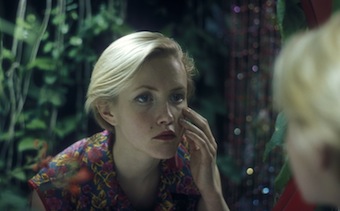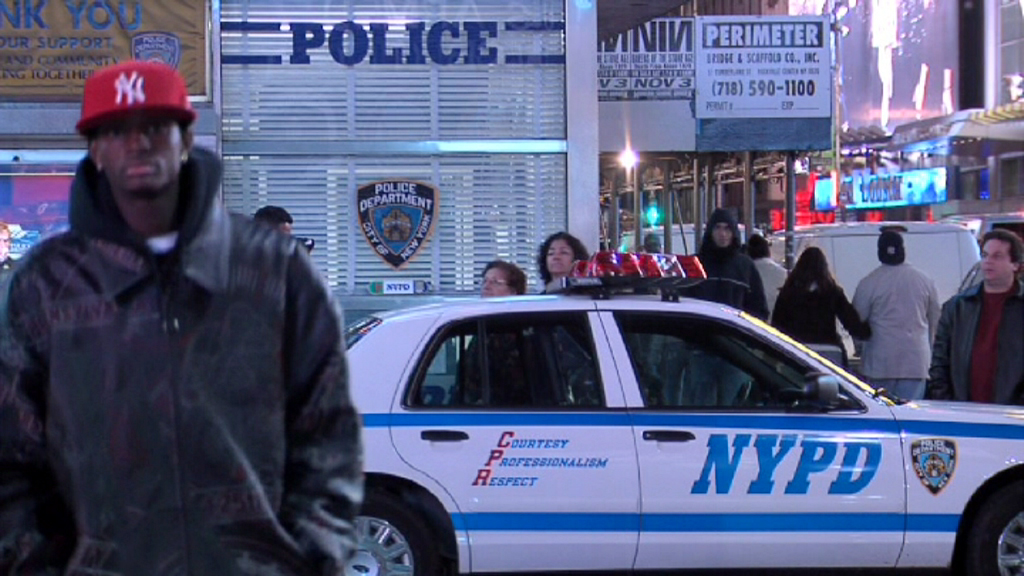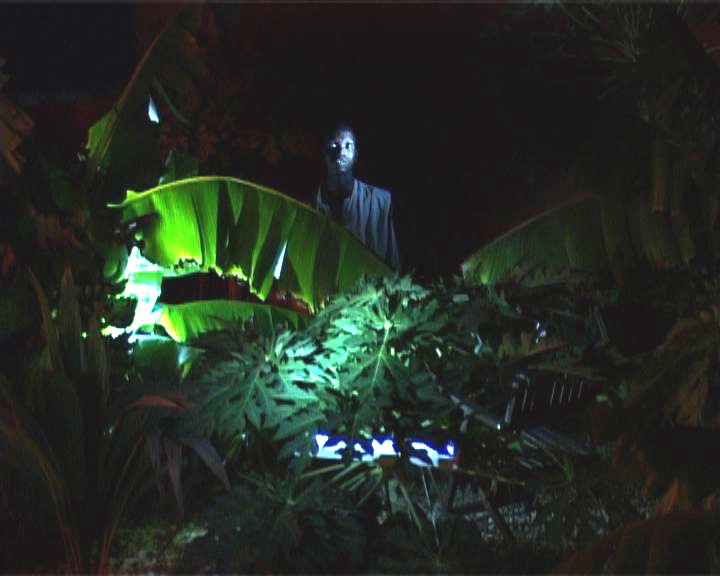|

|
Guests: Cine TRANS EUROPE
23 - 27 of June
CINE TRANS EUROPE
Cine Trans Europe brings together five European short-film festivals, displaying their selections in Barcelona, Cork, Amsterdam, and Paris. This collaboration offers the unique chance of a remedy for the poor recognition of the one of a kind short-film experience, standing apart from mainstream cinema and, at the same time, re-inventing an original, complex and non-redundant cinematographic language, inspired by the modern realities the films demonstrate.
Cine Trans Europe's program (four short-film sections) opened in Osnabrück in April 2009, and will be displayed in Paris during the "Festival International Signes de Nuit, during which there will be presented, in four sections, the short-films of our partners of the Barcelona, Amsterdam, Cork and Osnabrück festivals.
|
Selection of the festival "European Media Festival", Osnabrück
Tuesday 23 June - 21h
Goethe Institut
|
Falsche Freunde
|
|

|
Sylvia Schedelbauer
Germany
2007 * Betacam * 0:05:00
A montage of mid-century found footage: mysterious strands are obsessively braided to create a poetic reflection about an anxious interplay of memory and projection.
|
|
Secret Life
|
|

|
Reynold Reynolds
US,Germany
2008 * DVD * 0:10:30
›One thing that I enjoy about dreams is the way that narrative collapses. Emotion and context replace the question of plot. The subconscious meaning of things becomes prevalent.‹ (Reynold Reynolds)
|
|
Dunkelland
|
|

|
Ilka Lauchstädt
Germany
2007 * DV * 0:13:00
Dunkelland‹ juggles with language: with cinematic language and lyrical inserted texts. Captions as hot spots of meaning. The rules of the drama seem to be adhered to. However, this only works as an ironic game with its elements. Somebody always endeavours to reconstruct something and to hold on to it. In a vast, desolate desert landscape we see a car approaching and departing at the same time. This stands for a principle of the whole work. As soon as you have found an interpretive pattern, it slips away again. Just when you’ve accepted the perspective of a first-person narrator, the ›I‹ turns into a ›she‹. Figures from the subconscious play their practical jokes, and archetypical places, as taken from the guidebook, become disconcerting traps. All these places emanate abandonment, startled out of a longlasting sleep. They are rarely visited. Lauchstädt’s character figures arrive there in a trance. They are on the trail of their own memory and stop at nothing.
|
|
Plot Point |
|

|
Nicolas Provost
Belgium
2007 * Betacam * 0:13:30
The crowded streets of New York City turn into fictive, filmic scenery. By playing with our collective memory - its cinematic codes and narrative language – ›Plot Point‹ questions the boundaries between reality and fiction by merely suggesting cinematic narrative codes (tension curve, climax, plot point), but ultimately leaves the mystery unrevealed. All of the actions and characters are real people in real life, filmed with a hidden camera through the cinematic eye of the filmmaker, without any set ups or instructions.
|
|
Rauschen & Brausen I
|
|

|
Daniel Burkhardt
Germany
2007 * Betacam * 0:05:00
Skyscraper storeys stacked up in the background, rising up into the void. In front of this, roaring traffic not touching the ground. The vehicles are speeding through the air, the skyscrapers rest on nothing. The whole image is hanging in abeyance. A continuous backwards zoom expands the view on this setting, crosses the space between closeness and distance, fades from concrete to abstract, from tangible to unseizable.
|
|
Kempinski
|
|

|
Neil Beloufa
France / Mali
2007 * DVD * 0:14:00
Welcome to Kempinski, the people of this mystical and animist place introduce it to us: ›Today we have a space station. We will launch space ships and a few satellites soon that will allow us to have much more information about the other stations and other stars. ‹
|
|
We Will Live to See These Things
|
|

|
Julia Meltzer, David Thorne
US
2007 * DV * 0:46:00
We will live to see these things... is a documentary video in five parts about competing visions of an uncertain future. Shot in 2005/06 in Damascus, Syria, the work combines fiction and non-fiction. Each section of the piece--the chronicle of a building in downtown Damascus,an interview with a dissident intellectual, documentation of an equestrian event, the fever dream of a U.S. policymaker, and a portraitof a Qur'an school for young girls--offers a different perspective on what might come to pass in a place where people live between the competing forces of a repressive regime, a growing conservative Islamic movement, and intense pressure from the United States.
|
|








